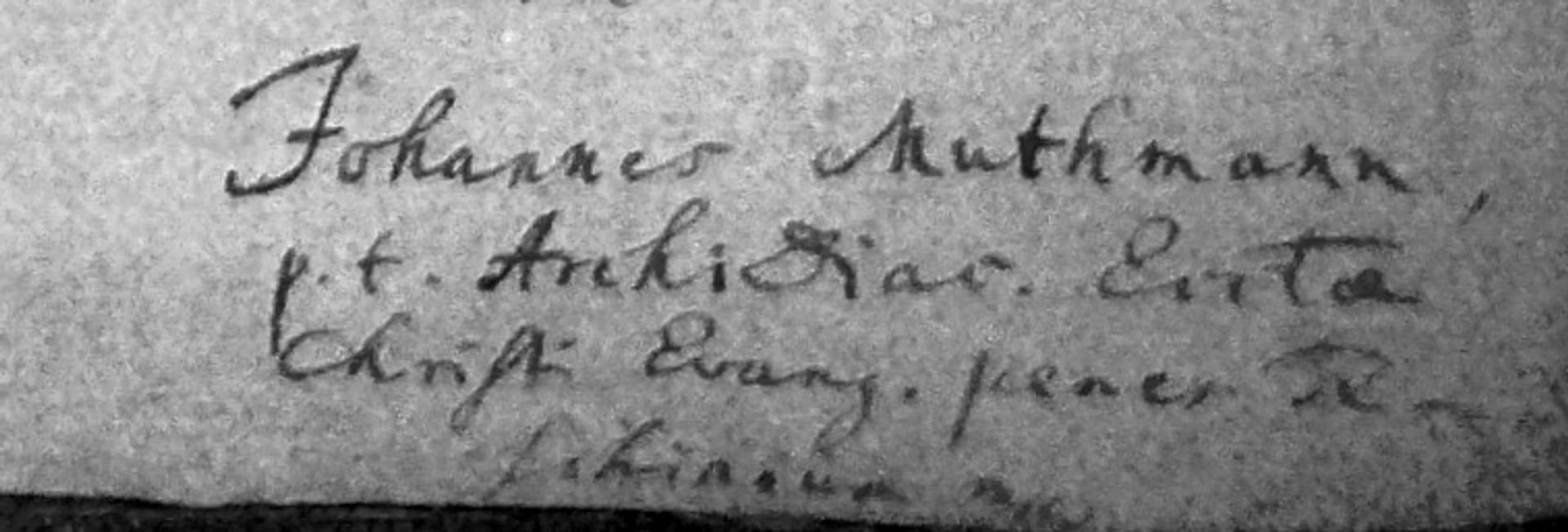Jesus Church in Cieszyn
7.87

Overview
The Jesus Church in Cieszyn is the largest evangelical church in the Cieszyn diocese and in Poland, built under the terms of the Treaty of Altranstädt in 1707, concluded between the Swedish King Charles XII and Emperor Joseph I of Habsburg. As the only Lutheran church within a radius of over 70 km, it became a place of worship for believers from various regions, including Moravia. Designed in the late Austrian Baroque style, the church features a five-nave basilica based on a Greek cross plan, with a distinctive façade and a 75-meter tower. The interior, with its massive Baroque altar, pulpit, and organ from 1923, has inward-facing pews, emphasizing the central role of the Proclamation of the Word of God. Among the notable figures associated with the church are Jan Muthmann, the first Polish pastor; Leopold Marcin Otto, a national activist; and Alfred Jagucki, associated with the community movement. Adjacent to the church is the former Evangelical cemetery, now serving as a park, and the Tschammer Library, which houses valuable old prints. The Jesus Church played a significant role in the history of Protestantism in the region; after years of persecution under the Habsburgs, it became a center of Pietism. The Treaty of Altranstädt enabled the construction of this church and other "Churches of Grace," allowing the community to flourish. It is worth noting that in 1781, Emperor Joseph II issued the Edict of Tolerance, and the Spring of Nations in 1848–1849 brought equal rights to Lutherans, contributing to the stabilization of their situation in Austria. With its unique architecture and history, the Jesus Church is not only a place of worship but also a witness to the rich religious tradition and the influence of Protestantism in the region.
Location
2025 Wizytor | All Rights Reserved